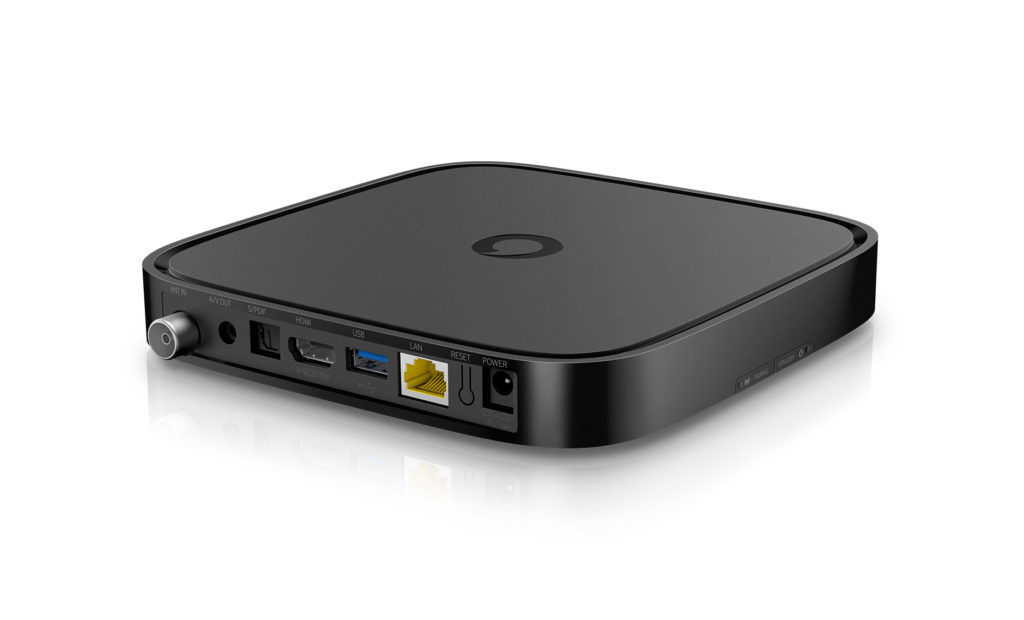Fitbit Versa 2 Review
Summary
Fitbit Versa 2 REVIEW – Fitness Tracker
If you don’t need it to make coffee and solve world hunger, Fitbit’s Versa 2 might be just the fitness tracker you’ve been waiting for. PAT PILCHER looks at the pros and cons.
$349
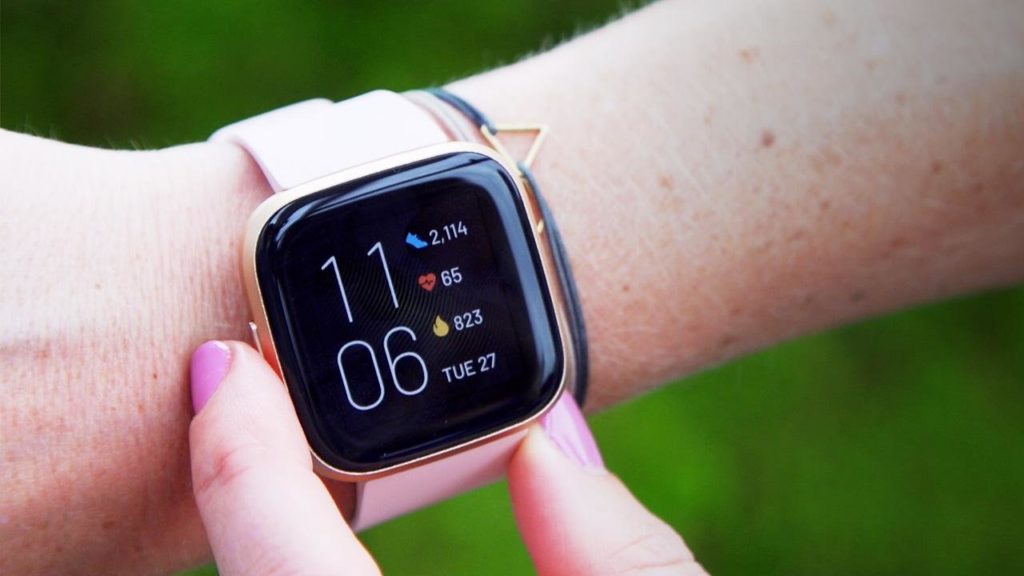
It may be ironic, but dumb smartwatches are a thing. It might sound like I’m being a bit of a smartass, but a dumb smartwatch is a gizmo that you wear on your wrist and doesn’t try to cram the functionality of a smartphone into a wrist-sized widget. As I found during my Fitbit Versa 2 review, this confers the Versa 2 with some significant advantages.
At the heart of the matter is a rarely discussed truism – smartwatches can do a lot, but they often don’t do a lot very well at all.
Enter stage right, the Versa 2. It might be aimed at people into fitness, but you don’t have to be a fitness freak to appreciate it. What Fitbit gets right with the Versa 2 is balancing useful features of a smartwatch with the functionality of a fitness tracker.
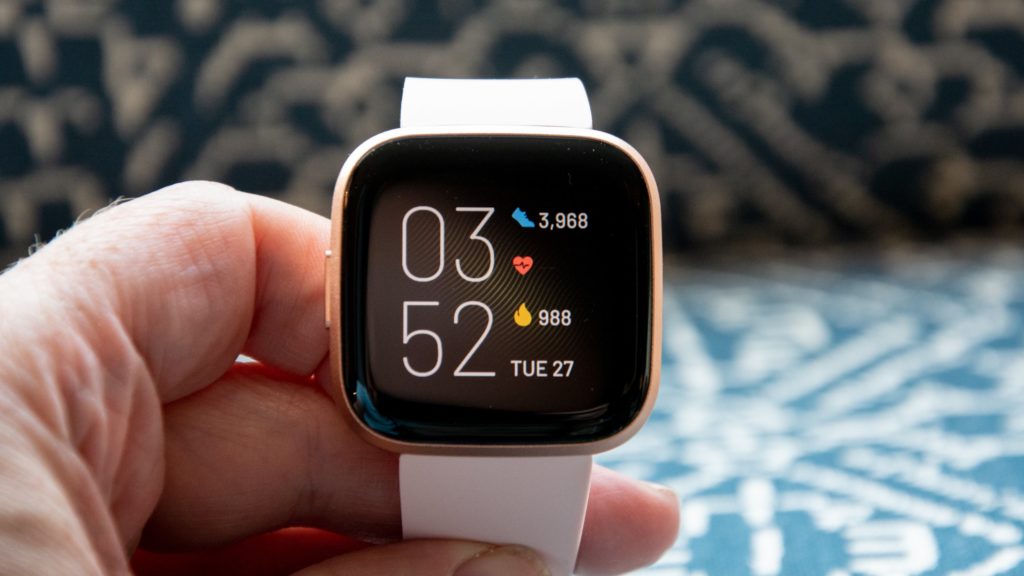
It Does What It Does
In a nutshell, the Versa 2 does what a wearable should do, nothing more and nothing less. It’ll track steps, heart rate, sleep and deliver notifications, tell the time, as well as letting you play/pause/skip music or buy stuff.
Most importantly, it does these things exceptionally well.
Fitbit has played it smart with the Versa 2. They haven’t gone nuts and messed about with the Versa formula. After all, why fix something that isn’t broken?
That said, they’ve added some useful tweaks. There’s a big AMOLED display and improvements to battery life. At $349 it won’t require you sell your first-born, or part with a kidney either.
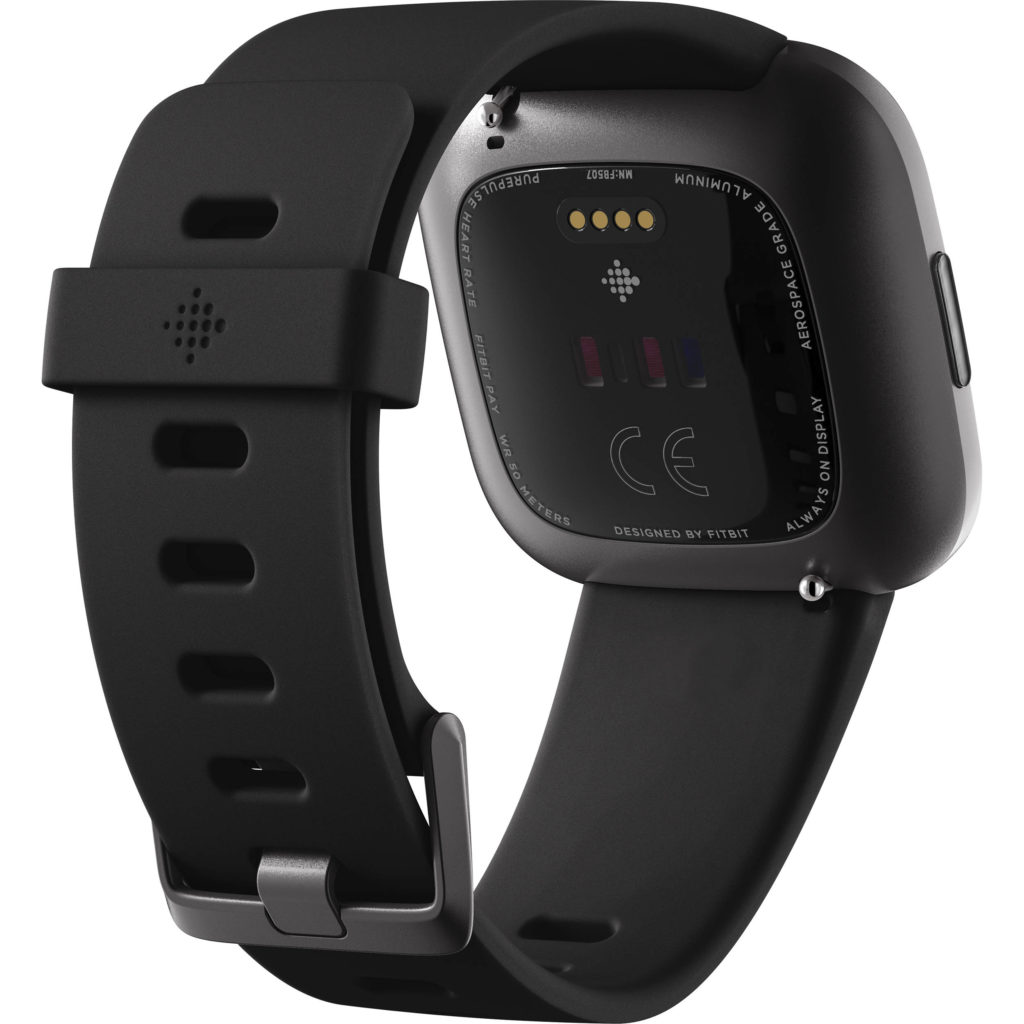
How It Looks
Looks-wise, the Versa 2 is superficially identical to the original Versa, and much of what has been done with the Versa 2 has been a process of adding subtle but useful upgrades. The first hint of this is that the Versa 2 is subtly thicker, even if the added girth is unnoticeable when on one’s wrist. A single button, greatly simplifying usability, has replaced the three buttons on the original Versa.
The most noticeable change I found during my Fitbit Versa 2 review is its 1.34-inch OLED display. Text and icons pop up thanks to OLED, which is also significantly kinder for battery life. Displaying black only requires pixels to be switched off and unlike LCD, there’s no energy-zapping backlighting.
While the Versa 2 can’t quite match the Huawei GT for battery life, it still delivers a solid 7 to 8 days off a single charge. Compared to the Apple Watch or Android Wear watches (which conk out after a day or three), this makes a massive difference to usability.
Battery life doesn’t get discussed a lot, yet it’s pointless having a smartwatch that is tethered to a charger every day. By doing less, but doing it well, the Versa 2 has an excellent battery life, and that’s a hugely understated point.
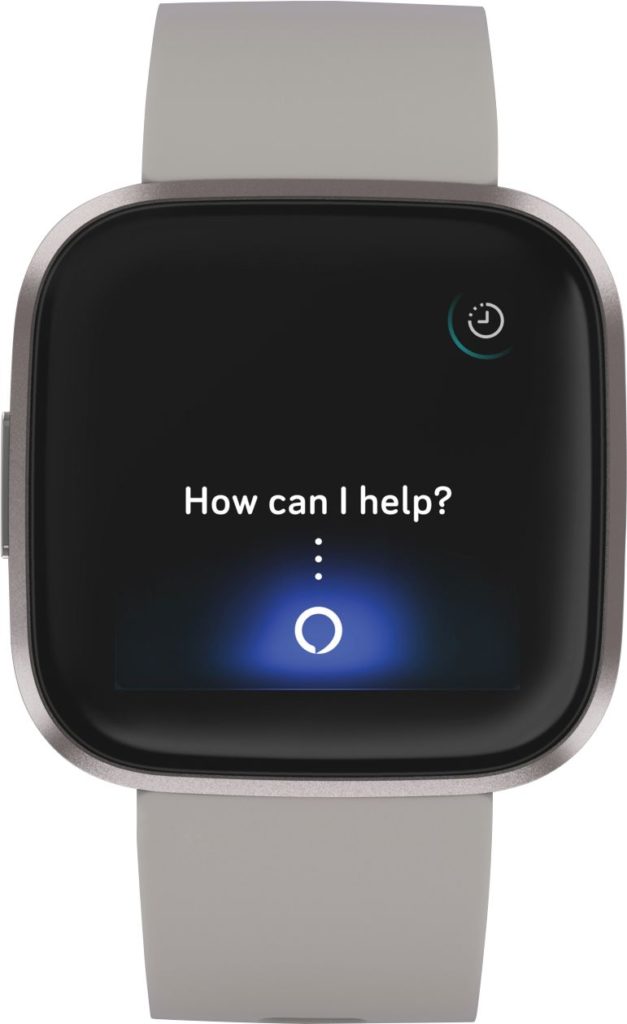
Alloy, And Gorilla
And it looks nice, too. Its alloy body and curved gorilla glass face that almost seamlessly meets the alloy chassis lends it an understated, yet upmarket look and feel. The other significant advantage is that it can take a standard watchstrap, which means that there are heaps of third-party options available. Crucially, the Versa 2 can also take a dunking. It’s water-resistant in up to 50 meters of the wet stuff, which means you can wear it in the shower or when having a swim.
One of the significant factors figuring in its stellar battery life is Fitbit OS. It sports a simple, uncluttered user interface, and is designed to be as energy-efficient as possible.
Importantly, a caveat does apply. If you want your wearable to be a powerhouse (act as your phone, make coffee and solve world hunger) the Versa 2 won’t cut it. If you want it to tell you the time, give phone notifications, and do fitness tracking, the Versa 2 is probably all you need.
For accessing the Versa 2’s settings, Fitbit has added a control centre, which is accessible by swiping down from the top of the screen. It provides access to settings such as brightness, the always-on display, Alexa/Fitbit Pay.
G’day Alexa
Speaking of functions, the Versa 2 also has Alexa on board. It handily allowed me to ask Alexa to get me the latest weather forecasts and a host of other stuff. Alexa functionality relies on having the Alexa app installed on your phone, and your phone needs to be within Bluetooth range for Alexa to work. Fitbit Pay works thanks to NFC support. If your bank supports Fitbit Pay, the Versa 2 can also act as a credit card.
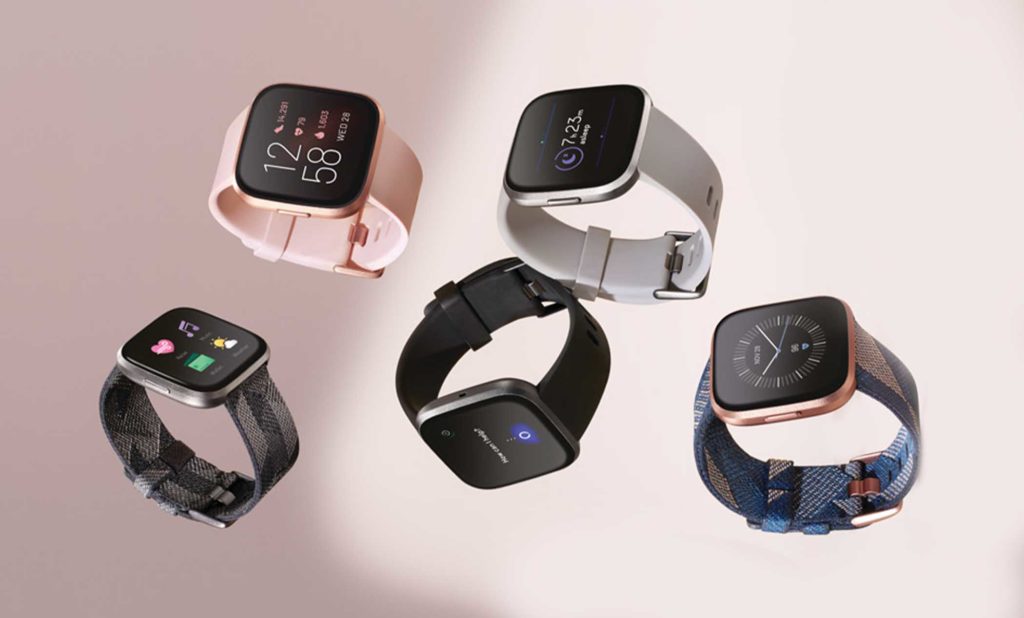
Add to this the ability to store and play music to paired Bluetooth headphones, and you’ve got the makings of the perfect running companion. Fitbit Pay and storing music means that you get music without lugging a phone out on the run, and can buy post-workout coffee without needing to carry your wallet/purse too.
As good as Fitbit OS is, I did notice two small gotchas. It often didn’t immediately sync notifications across from my phone. They sometimes took between 10 minutes to half an hour. Annoyingly, this was also the case when travelling between time zones. The Versa 2 was stuck on NZ time for several hours when I was in Los Angeles, eventually switching to LA time.
Fitbit Versa 2 Review
Overall, Fitbit has achieved a great balance between usefulness and functionality. With it, I don’t feel like I need a smartwatch. This is thanks to a well-executed notifications system, a growing ecosystem of watch faces and a small (but growing) app marketplace. Combine this with industrial-strength fitness tracking and excellent battery life and the Fitbit Versa 2 is a solid choice.









